Servers come with the need for time and architecture. The requirements that come along with it can be daunting. For this reason, technology pushes ahead to ensure the adoption of serverless computing. With serverless frameworks, you will certainly enjoy a world of applications that run smoothly, seamlessly, and with limited to no disruptions. Therefore, we can define serverless as a technology that provides a cloud-based environment of datasets and programming. The technology has many perks to enjoy, especially on the developer side. There are limited services that rely on physical architecture. For instance, mobile application developers cannot fret over the management of servers since no hardware or architecture is involved on the server side. Developing mobile applications and integrating key features such as scripts and procedures to handle service requests and data is possible.
In this piece, we shall narrow down our discussion to serverless frameworks. Serverless frameworks allow for the seamless development of smoothly functioning applications. The need for serverless applications is growing, and therefore, we need to understand serverless frameworks and how to implement them.
For this reason, let’s first understand serverless computing fundamentally before we tackle the bone of contention.
Understanding Serverless Computing
With the consistent growth of technology comes simple and easier solutions. Among key technologies that have made technological operations easier is serverless computing. Serverless computing is currently expanding at a quicker rate. With serverless computing comes cloud computing. You will need cloud services for any web or app development firm. Serverless computing comes with many intriguing figures that make development easier and faster. More importantly, it is a versatile technology that helps develop the latest application trends. With serverless approaches, it is easier to deliver applications and administer them almost instantly, as there is no hassle involved in managing or setting up the server to support the running of the application. Since no servers are needed, the technology relieves the developers of the time spent on server integrations. Instead, they can use their time to implement other technological solutions. Therefore, serverless computing allows scalability, which makes the technology a perfect fit for companies and industries that need frequent expansions and extensions. Scaling services and operations in any serverless application is possible, ensuring greater efficiency and quicker operations.
There’s more to understand than just serverless technology. Serverless technology has many areas to leverage. For instance, Functions as Service boosts the use of serverless technology. Thus, it is important to understand the underlying areas of serverless computing technology.
Before we delve further and exploit our main area of focus in this piece, let’s briefly understand the driver of serverless computing. Technology comes with infinite access to all sorts of data. The amount of data is huge enough, so handling and managing it is necessary. Digital access to data is also another key thing in the current technological era. With digital data access, anyone can access data anywhere at any time if they have the privilege to do so because information is available everywhere on the internet. With cloud computing, the power of serverless computing, handling on-demand tasks, hosts, or any serve-related activity that needs real-time handling is easier. However, serverless computing may come at a fee where the user pays costs over a given duration based on a subscription basis. Let’s dive into an in-depth understanding of Serverless Frameworks.
Understanding Serverless Frameworks
Frameworks are needed for the proper and smoother construction of applications. With a serverless framework, it is easier to develop a serverless application while going through all the required steps, including testing and monitoring. Therefore, serverless frameworks are just easier approaches to developing serverless applications. The frameworks provide a serverless approach that enables applications to work without any visible or tangible infrastructure to support information handling. Having understood the idea behind serverless frameworks,
let’s exploit the available key serverless frameworks.
-
AWS Amplify
The ability to create robust serverless frameworks only lies within a few specific frameworks, and AWS Amplify isn’t an exception. With AWS Amplify, developers can easily create robust, versatile serverless mobile and web applications by leveraging the intelligent process to set up serverless backends to ensure proper storage, management, and authorizing access to critical information, among many more implementable services. With other frameworks, you might require more lines of code to implement or integrate a service into a web or mobile application. With AWS Amplify, you only need a few lines of code to develop or create AWS Services. You also need just a few lines to implement or integrate a service into an existing application. More importantly, the framework is tailored to give the developer a smoother time during development. For instance, it supports the management and the launch of single-page applications with just a single tap. You can also perform administrative roles easily and manage databases and app users with AWS Amplify since the framework has features supporting administrative management.
More importantly, using AWS Amplify makes it easier and possible to develop full-stack serverless applications. Service modification is also easier and simpler, as the framework has features. The framework is also the base for other crucial web frameworks and helps amplify them in implementing certain services or functionalities within applications.
Therefore, the framework is supportive enough to ensure developers have an easier development time. First, the framework has many user interface components to help speed up the development process. The framework also comes with other key functionalities and development toolkits to support using APIs, authorization, communication, or any other service needed within the application.
-
Zappa
Zappa is among the renowned frameworks that operate as an impetus for other frameworks. It comes with several perks for developers to enjoy. Usually, the framework works perfectly and specifically for the development of web applications. Zappa operates with Python fundamentals to ensure easier, faster, and seamless development of web-based applications. Usually, Python and some of its frameworks come with a web-server gateway interface software. The WSGI-based software, including Deploy Django, allows for the deployment and integration of applications with servers. However, when there is a need to transit to a serverless platform, Zappa becomes resourceful. Zappa is thus a very powerful framework that will help you move your Python-based server logic to a serverless platform search as AWS Lambda.
Therefore, the key takeaway from the Zappa framework is its ability to re-platform systems that highly depend on apps developed using languages such as Flask. Zappa ensures that developers can easily re-platform systems by providing a proper interface.
The framework is also easy to use, as it comes with simple, single commands. Therefore, you can always launch the framework with a simple command. Other services manageable through the Zappa framework’s simple command line include managing an application and making consistent upgrades.
A good framework should also offer enough security, and that’s what Zappa is tailored for. The frameworks have the identity and access management features integrated just to ensure the platform offers high security. With its use of DynamoDB, it is a run-for-solution on matters concerning asynchronous job solutions.
-
Claudia.js
Most serverless frameworks come with a wide range of perks to leverage, and Claudia.js has its own perks. It is a powerful framework for launching, maintaining, and performing consistent upgrades to APIs and serverless backends. The framework also has greater capabilities in ensuring the link-up of APIs with AWS lambda functions to allow API-lambda provocations. Claudia.js is also a greatly flexible framework that supports the transfer of architecture. Therefore, it means that an application or project developed through Claudia can be easily managed by transferring the current architecture administration. With Claudia, you can easily perform limitless infrastructure integrations developed right away from the console.
Therefore, some of the perks Claudia developers enjoy include versatility, which presents itself in the API gateway and AWS lambda. Launching Claudia’s projects is also easier since you only need a single command from the command line to perform everything for you. It is also a perfect fit for JavaScript developers as they can focus on solving common technological and developmental challenges rather than spending most of their time creating application infrastructure.
-
Architect
Another powerful, robust, and comprehensive serverless framework is Architect. The framework integrates creative innovations such as node.js and AWS, among others, to enable easier building operations and management of serverless applications. The framework boasts many tools that help self-monitor and maintain serverless applications.
The Architect also comes with an app manager, which makes it easier for the developer to configure and provision the AWS environment. It is also a go-for serverless framework, even among novice or beginner developers. The framework also has a higher scalability degree, with greater chances of adapting to changes within any project.
It also provides a ground for local application development and testing. You can, therefore, use the framework to perform local development of applications and make frequent tests before deploying them. Therefore, you won’t necessarily need online connectivity to perform your app development role. With Architect, you can also create software using the AWS Application Model standard to allow the framework to handle everything for you. In any case, you need to operate software or run an application.
-
Serverless
Serverless is another of the most proficient frameworks that help developers easily build applications. Statistically, it is among the most loved and favored serverless frameworks, as most developers showcase their love. The framework is powerful enough to ensure the development of micro-service-dependent applications. The framework is the epitome of the implementation of modern event-driven technologies. Like other frameworks, Serverless ensures the use of a command-line feature for workflow control, design, and running of various services linked to the applications. The framework also supports extensions, which can be resourceful in developing robust applications.
-
Pulumi
The Pulumi serverless framework is among the open-source frameworks you can always rely on to ensure the proper and smoother creation, deployment, and management of cloud-based applications. It comes with an intriguing way of controlling various network management technologies. It integrates technologies from existing computer languages and combines frameworks and native toolkit ideas to increase the potential of developing applications seamlessly. Some key languages working hand in hand with the framework include Go, Python, TypeSrcipt, and JavaScript, among many others. With Pulumi, handling platform management roles within Kubernetes and GCP is easier. It is also easier to handle Azure and AWS functions. Interaction with the framework will give you a new experience, including interaction with supported cloud providers such as Kubernetes. It also allows smoother and seamless interaction with almost any cloud platform.
-
Flogo
Another key framework to boost the serverless application development process is Flogo. With the framework, you can easily create, deploy, and manage applications on Lambda using Docker. It comes with a lightweight and simple architecture to help developers save time since installing it is easier. With the serverless framework, it is easier and faster to go live, and deployment integrations are straightforward and fast. A good advantage of Flogo is its customizable options to facilitate deploying applications on Docker. Some firms handle services that demand time-saving operations and immediate responses. Flogo is a perfect fit to help develop corresponding applications to handle time-saving and immediate response demands. The framework also comes with greater support from Golang. This powerful computer language works with the available web-based graphical user interface to support the design and deployment of applications.
-
Ruby on Jets
Ruby on Jets is another excellent option for serverless frameworks. Thus, it is essential to master the Ruby language to properly develop and publish serverless applications through Ruby on Jets. Developed by the Ruby programming language, Ruby on Jets, through a robust set of tools, has the power to help you develop modern programs that leverage serverless architecture technology. With the framework, you can develop and deploy programming tasks with the support of DynamoDB and Social Networking Service, among other technologies.
Therefore, the framework has key functionalities to assemble various AWS resources for developing applications. It is also reliable because it helps the developer save effort in transitioning, as code may be converted into lambda functions and AWS resources.
-
The AWS Cloud Development Kit
With this powerful tool from AWS, you can easily design a current cloud architecture that rhymes well with common languages. The deployment process is done through the AWS CloudFormation. When developing a serverless architecture for any application, it is important to consider the CDK, which supports microservices, web applications, containerized programs, and many more.
Therefore, the CDK fully provides security for anything offered under the Amazon umbrella of web services. It also gives programmers a proper development experience by offering them a proper command-line interface for developing, managing, and controlling applications. With the CDK, you can also deploy runtime code and infrastructure simultaneously.
-
AWS Chalice
Swift and seamless development of serverless frameworks is always possible through a reliable and stable development framework like AWS Chalice. Developing through the AWS Chalice framework gives the developer the confidence to release and deploy applications without worrying about the supporting architecture. It boasts a wide range of tools developed through Flask to ensure that development works perfectly in the AWS environment. AWS Chalice supports containerized ecosystem options to ensure better automation. With an increased seamless level of automation, it is easier to hook Kubernetes-native applications to a wide range of online ecosystems, including the Google Cloud Platform.
Therefore, the Chalice platform offers better options for developers to create and manage serverless applications. It integrates various AWS services to allow proper planning of the software lifecycle.
-
AWS Serverless Application Model
The AWS Serverless Application Model allows you to easily develop applications seamlessly with other AWS services. With the framework, developing, deploying, testing, and troubleshooting serverless applications is much easier. The framework comes with a clear and concise syntax, which gives the developers an easier time understanding and, thus, easier development. A developer can prepare a powerful serverless application with just a handful of lines of code using this powerful framework. It best suits developing a wide range of applications, including those involving event-driven asynchronous processes. Therefore, the AWS Serverless Application Model makes development easier, supporting deployment with just one configuration. It is also possible to build, test, and debug applications locally thanks to the Serverless Application Model command-line interface. It also boasts Serverless Application Model Accelerate, which is powerful enough to ensure testing of code in the cloud.
Conclusion
The technological field is growing every day, and the focus is on making everything easier. With Serverless computing comes an easier and more proper approach to handling server services without worrying about server infrastructure. Developing serverless computing needs key entities such as serverless frameworks, which help develop solutions most easily. With a wide range of best serverless frameworks, we may experience a whole new world of serverless applications with a paradigmatic change in how such applications undergo development. With the growing change in modern technologies, developers may find it difficult to move or cope with the changes accompanying every serverless computing entity. It is thus important to stay versed with the current serverless computing, including serverless frameworks, to spearhead the journey into serverless application development.
Want to develop a serverless application? Get in touch with us today!
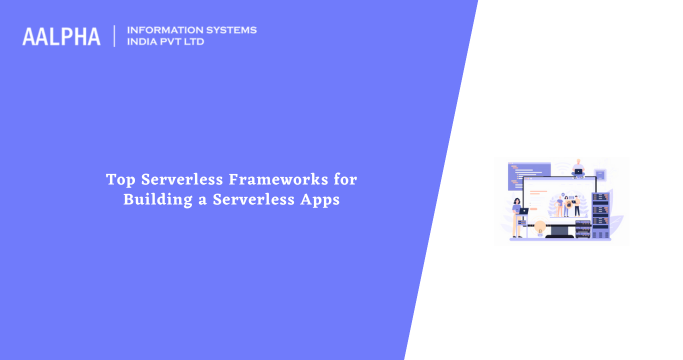

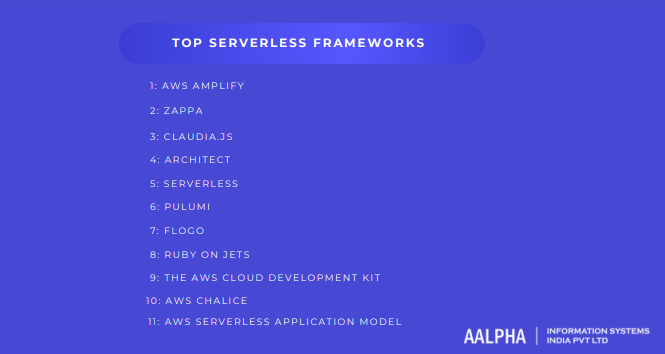
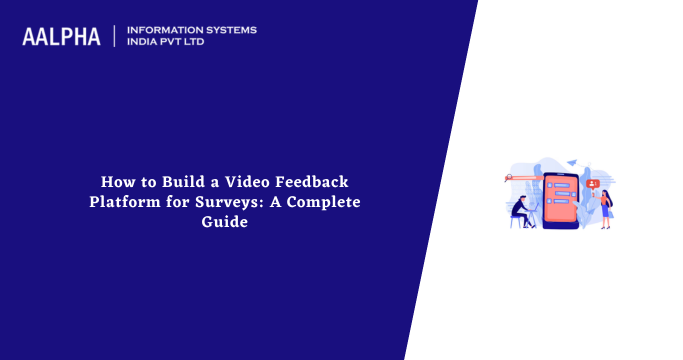
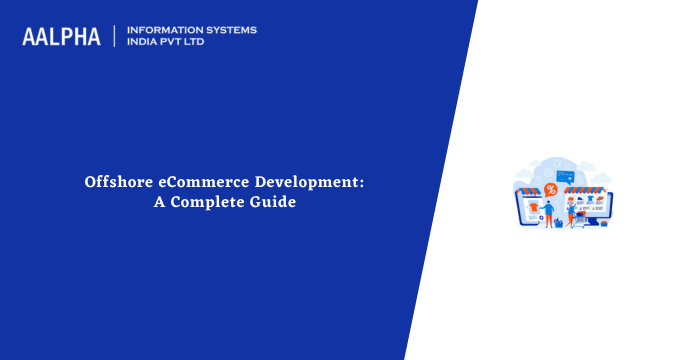
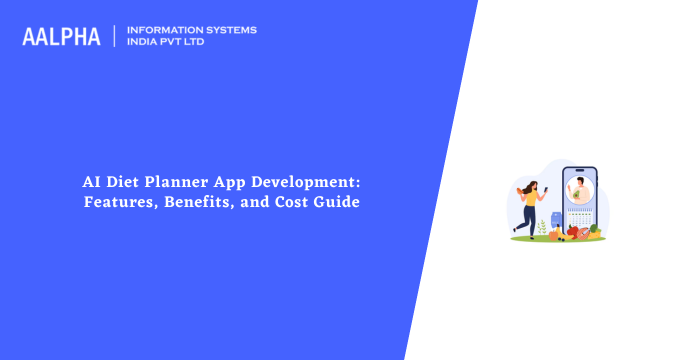
Share This Article:
Written by:
Stuti Dhruv
Stuti Dhruv is a Senior Consultant at Aalpha Information Systems, specializing in pre-sales and advising clients on the latest technology trends. With years of experience in the IT industry, she helps businesses harness the power of technology for growth and success.
Stuti Dhruv is a Senior Consultant at Aalpha Information Systems, specializing in pre-sales and advising clients on the latest technology trends. With years of experience in the IT industry, she helps businesses harness the power of technology for growth and success.